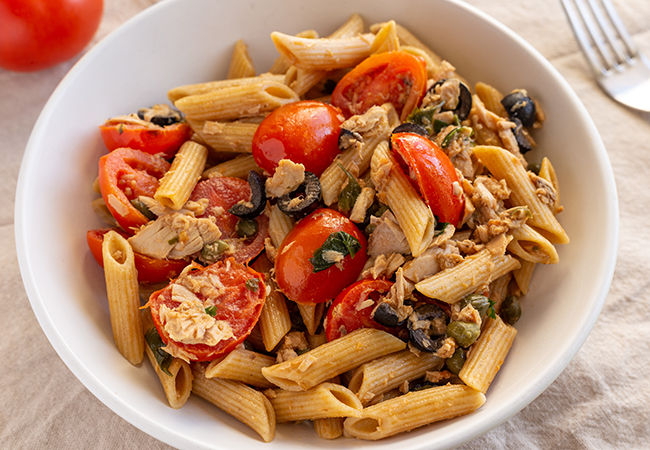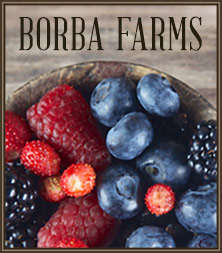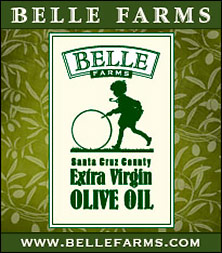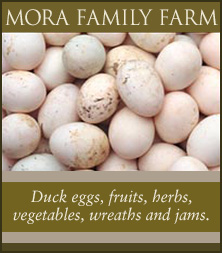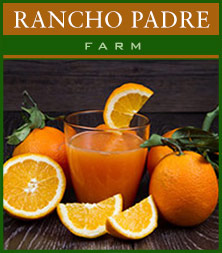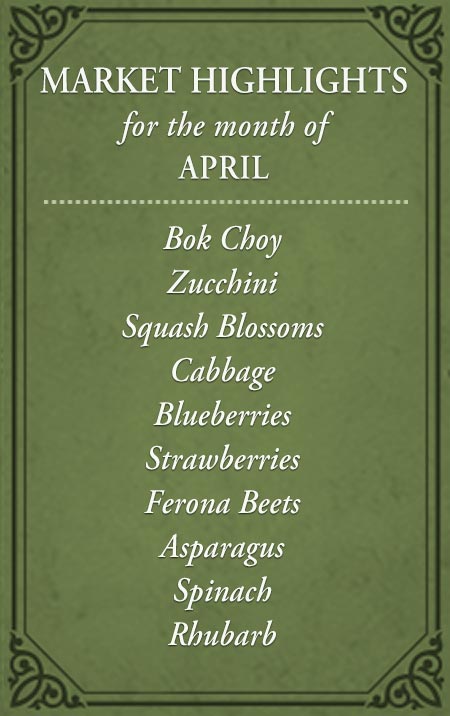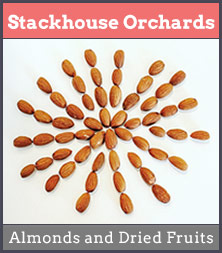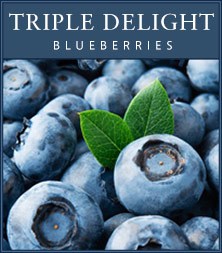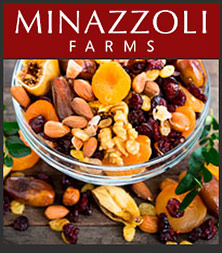Most people think of olives first when thinking of tapenade, but the word tapenade actually comes from the Provençal word “tapeno,” which means “caper.” I like to keep this in mind when making tapenades to remind myself to keep the balance between the caper and the olive, which can easily dominate this versatile paste.
I use tapenade as a dip for vegetables and bread or crackers, and as a spread on crostini for a quick appetizer. It makes a great substitute for mayonnaise in sandwiches too, or use it to spike some mayonnaise for interest and cutting back the cholesterol. I use it on pizza, and with a little dilution, it works as a quick pasta sauce. I like it as a marinade for lamb, goat, or even on grilled beef such as rib-eye or hanger steak. I also use it to top dishes like you would a sauce, adding a dollop onto an assertive flavored fish such as salmon, tuna, and swordfish. It is nice on seared scallops with a light tomato broth, as well. Adding a bit of tapenade to a vinaigrette makes a great dressing for summer entrée salads with lots of big flavors. As you can see, I find tapenades to be quite versatile.
Some questions that may come to mind while making tapenade are whether to use vinegar or lemon juice or what kind of olives – green or black? Oil-cured or brined? You can use almost any kind of olive, as long as you avoid martini olives and “California” or Mission olives. Oil-cured is easier to work with and produces a more unctuous result, but brined olives have a lot of impact, and are nice when it is hot out. I find green tapenade to be a little zippier, and black tapenade is more robust.
For a green tapenade, I tend to use lemon juice. I sometimes use a little Meyer lemon juice for the flavor and aroma, but Lisbon or Eurekas are good because they are more acidic. For black olives, I use red wine vinegar.
Brined capers work fine, but if you have the chance, try salt-cured capers. Rinse them, and if you wish, give them a little soak (5 to 10 minutes. Some chefs say up to 30. Taste them as they soak and form your own ideas per your taste) in cold water to leach some more of the salt out. This allows for the floral elements of the caper to stand out. I have heard of chefs soaking brined capers, too, though I have never tried it. If your olives are brine-cured, soak them in warm water for 10-15 minutes to pull some of the brine out of them as well, allowing the capers to show a bit more.
The texture is something to think about also. I usually make my tapenade in a food processor these days. Simply put, it’s really fast this way, and it produces a fairly smooth tapenade. Using more olive oil makes it smoother still, but I have also had it quite chunky. I have had a tapenade that looked as though it had been hand-chopped with a knife, and it was very loose and coarse, with the flavors appearing separately on the palate. There was very little olive oil, and there were chopped green herbs in it as well. This tapenade used both brined green olives and oil-cured black olives and was really good. Try doing this in a blender at a lower speed, or just pulsing the food processor, for a flavorful tapenade with a great texture. This version is great as a dip for pita chips or as a topping for grilled fish or meats. It would make a nice condiment in a sandwich as well.
Another great thing about tapenade is having a jar of it in the refrigerator is like having a secret treasure. Besides being really versatile, it keeps amazingly well. Keep a layer of olive oil covering the surface, and your jar of tapenade will stay flavorful for a couple of weeks at least. It might last longer than that, but mine never lasts that long so I wouldn’t know.
With summer here, I know I’ll spend more time playing and wind up with less time to cook elaborate meals. The grill gets a lot of action, too. Tapenade is a perfect thing for this time of year and this type of cooking. You can find most of what you need to make it at our farmers market: olives from Pensi Pasta (try Evette’s Sicilian olives for tapenade with a twist), salt-cured capers from Salsi Ranch, olive oil from Belle Farms, and garlic, herbs, and lemons can all be found here as well. Try making some yourself and I’m sure you’ll agree that tapenade is perfect for this time of year, and easy too.
RECIPE: Classic Olive Tapenade, Fig and Toasted Walnut Tapenade with Goat Cheese , Green Olive Tapenade



